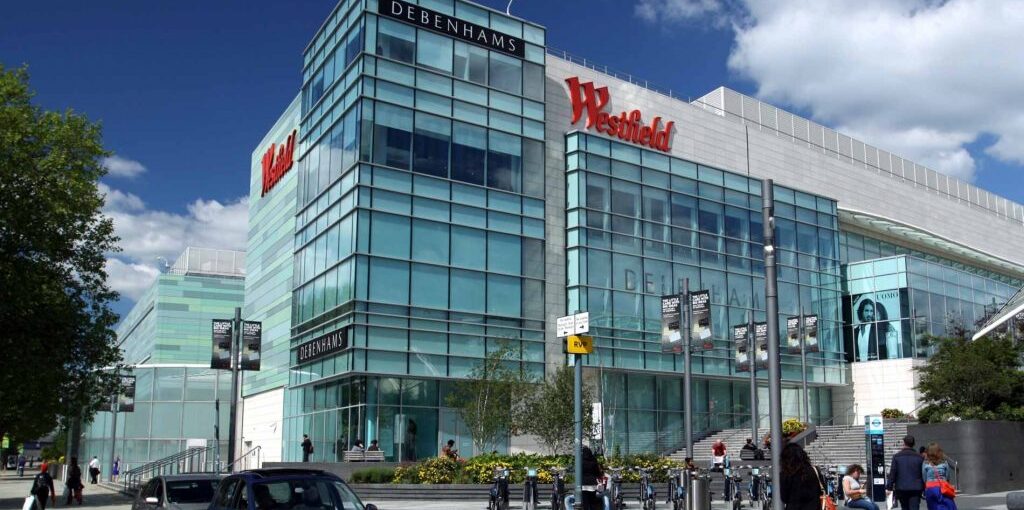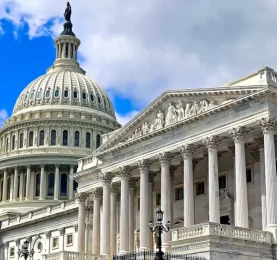The retail industry is expected to face ongoing challenges in 2023. After a strong showing in 2021, the retail sector encountered difficulties in most areas in 2022 due to inflationary pressures brought on by high maritime freight rates and the conflict in Ukraine and its economic sanctions against Russia. The central banks of advanced economies raising key interest rates to combat inflation is driving up the cost of credit and affecting household spending.
The global economic slowdown tied to the energy crisis is contributing to lower household incomes and rising unemployment, further hindering the retail industry. Although public aid to households will be substantial, it will also result in a significant increase in the public deficit, creating a balancing act between household purchasing power and the public deficit.
The COVID-19 pandemic, despite the progress made in vaccination campaigns, continues to pose a major risk, particularly in China, putting additional pressure on the sector.
E-commerce, which has grown rapidly in recent years and benefited greatly from the stay-at-home measures during the pandemic, has been impacted by disruptions in supply chains. Once these disruptions subside, e-commerce is expected to put pressure on traditional retailers who are having trouble adapting to this new form of consumption. In order to overcome these challenges, traditional retailers need to reevaluate their strategies, including increasing their use of digital tools and improving their logistics systems.
Learn more here: https://www.coface.com/Economic-Studies-and-Country-Risks/Retail











